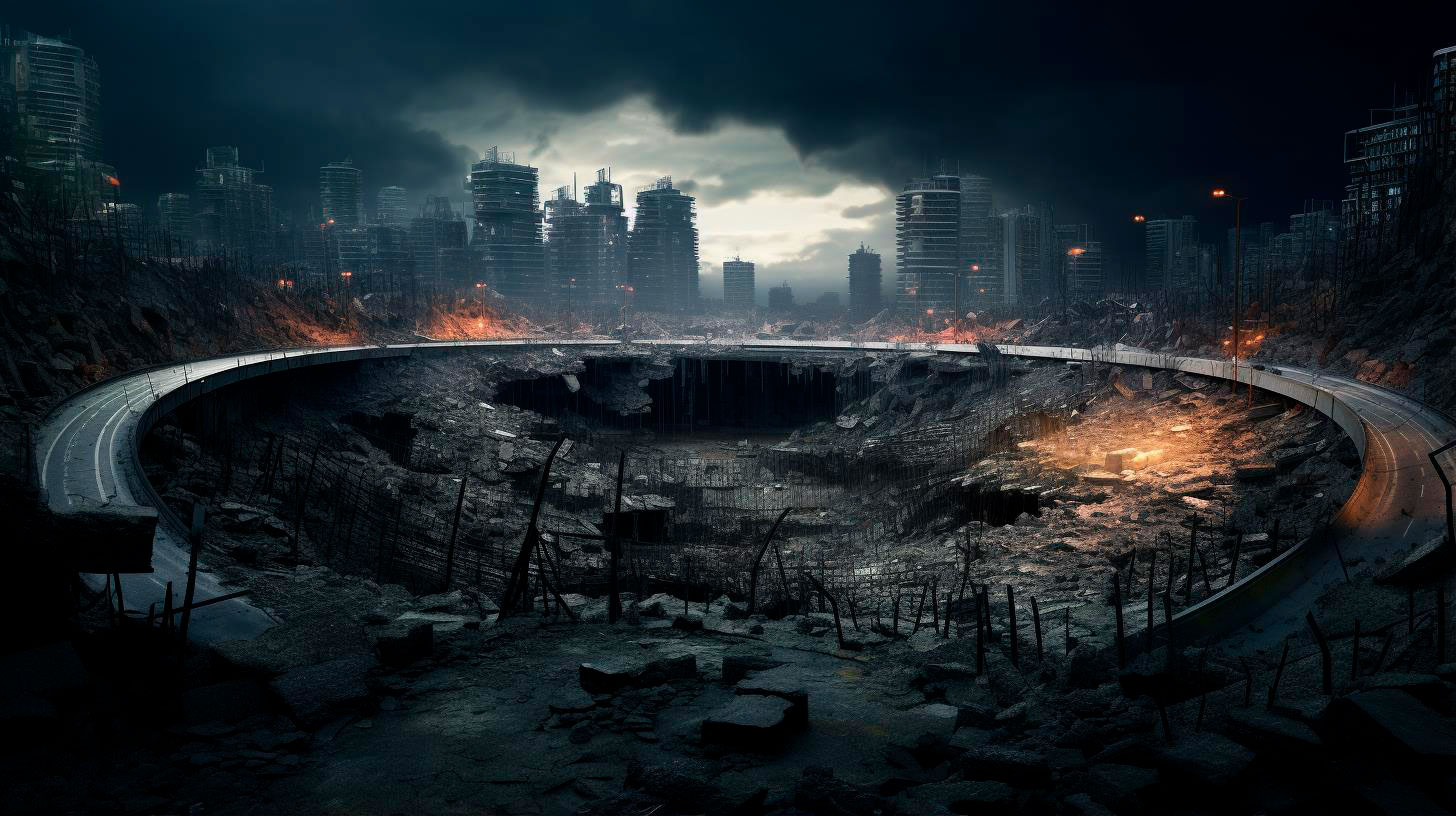However, integrating nuclear energy into these systems requires careful optimization strategies to ensure efficiency, safety, and reliability.
The Challenges of Integrating Nuclear Energy
Integrating nuclear energy into decentralized networks presents several challenges that need to be addressed for seamless operation. These challenges include:
- Variability in Energy Demand: Unlike conventional power plants, nuclear power plants cannot easily adjust their output to match the fluctuating energy demand of decentralized networks. Consequently, finding innovative ways to match supply with demand is crucial.
- Network Stability: Maintaining network stability becomes more complex with the integration of nuclear energy, as sudden fluctuations in supply can cause power grid imbalances. Ensuring grid stability is essential to avoid blackouts and electrical disruptions.
- Infrastructure Requirements: Nuclear power plants require robust infrastructure, including transmission lines and distribution systems, to deliver electricity to decentralized networks. Addressing these infrastructure needs is essential for successful integration.
Optimization Strategies
To optimize the integration of nuclear energy into decentralized networks, several strategies can be employed:
Demand Response Programs
Implementing demand response programs allows consumers to adjust their electricity usage based on the availability of nuclear power. By incentivizing consumers to reduce or shift their energy consumption during peak nuclear energy production, this strategy helps match supply with demand.
Key Takeaway: Demand response programs can effectively manage the variability in energy demand by incentivizing consumers to adjust their electricity usage patterns.
Energy Storage Technologies
Integrating energy storage technologies, such as batteries or pumped hydro storage, can significantly enhance the stability of decentralized networks when combined with nuclear energy. These technologies can absorb excess power during high production periods and release it during times of increased demand, ensuring a consistent supply of electricity.
Key Takeaway: Energy storage technologies provide a means to balance the intermittent nature of nuclear energy, thereby ensuring network stability.
Grid Infrastructure Upgrades
To support the integration of nuclear energy, upgrading the existing grid infrastructure is vital. Enhancing transmission and distribution systems, improving grid monitoring, and investing in smart grid technologies can enable efficient and reliable energy delivery to decentralized networks.
Key Takeaway: Upgrading the grid infrastructure will enable a seamless integration of nuclear energy into decentralized networks.
The Bottom Line
Integrating nuclear energy into decentralized networks presents both opportunities and challenges. However, by implementing optimization strategies such as demand response programs, energy storage technologies, and grid infrastructure upgrades, these challenges can be overcome. The reliable and sustainable attributes of nuclear energy, coupled with efficient integration strategies, make it a valuable component of decentralized networks’ energy mix.
For more information on the benefits of nuclear energy, visit the Nuclear Regulatory Commission website
